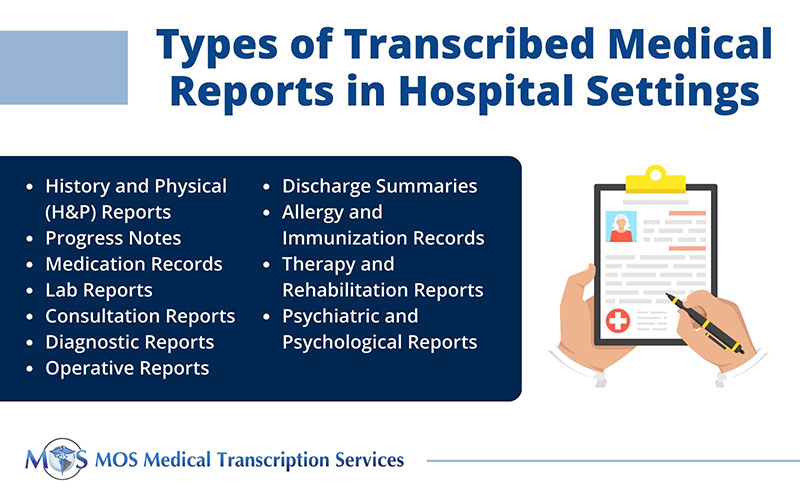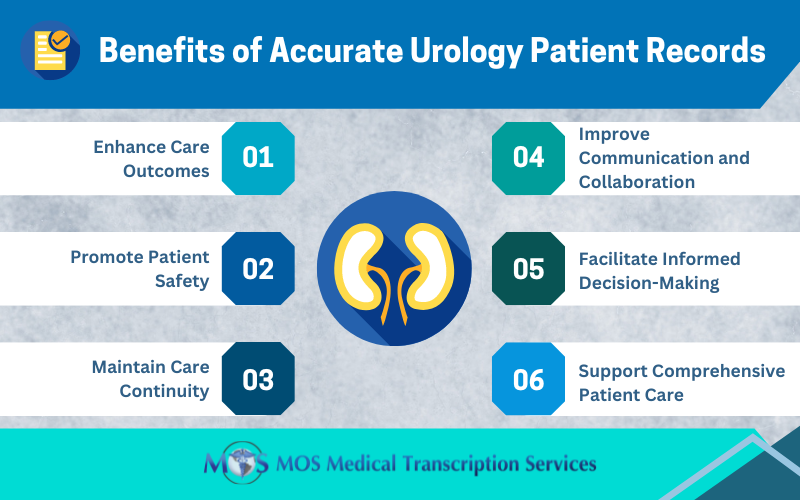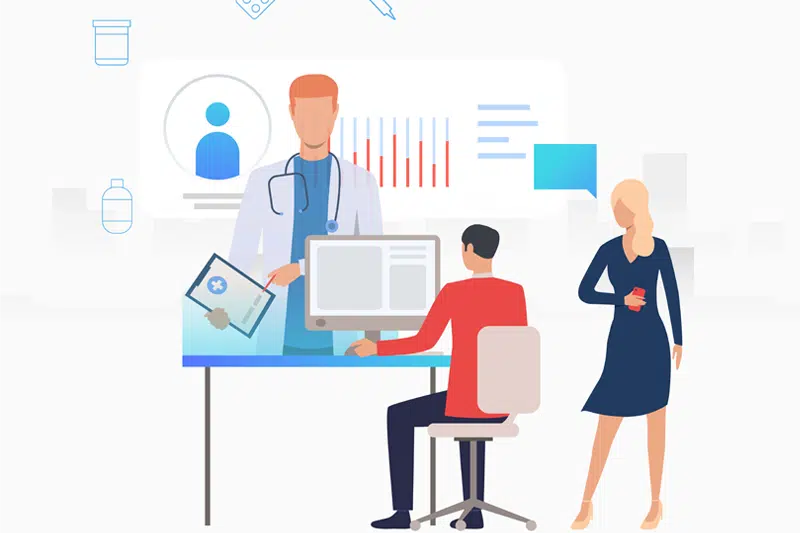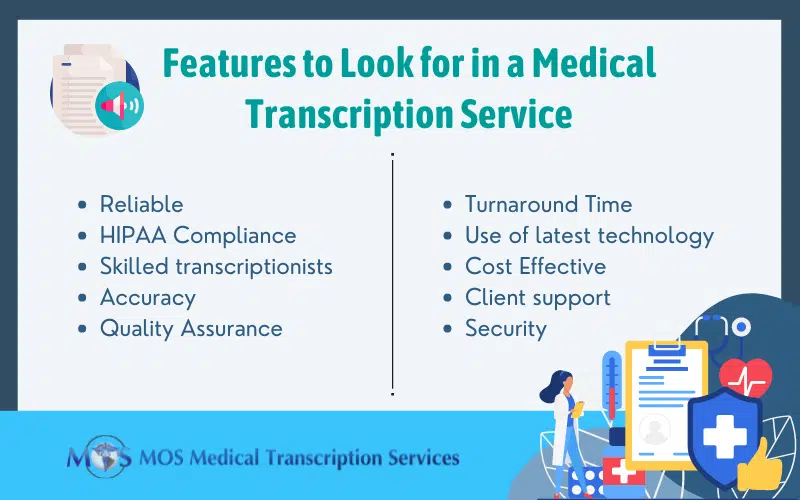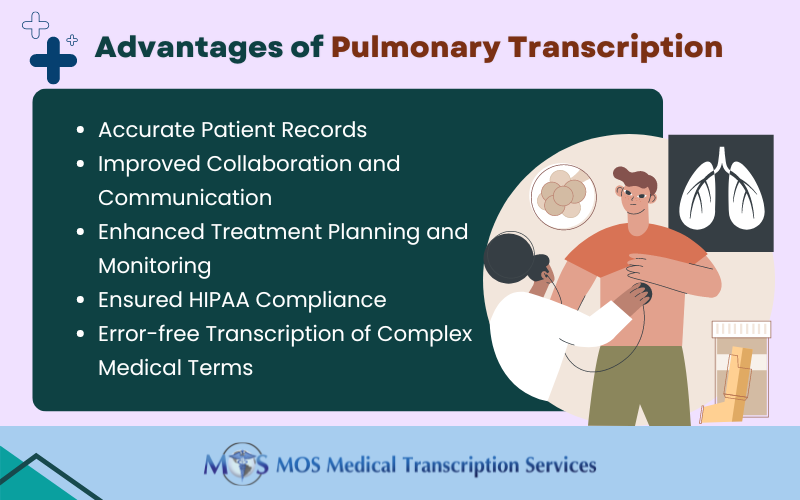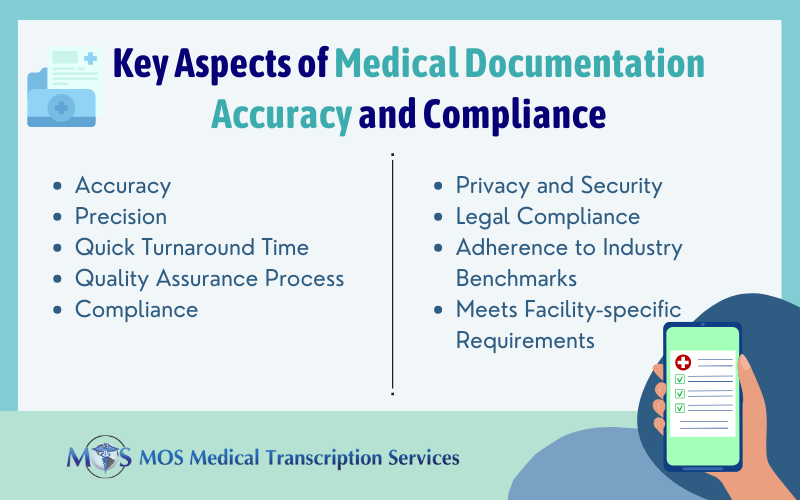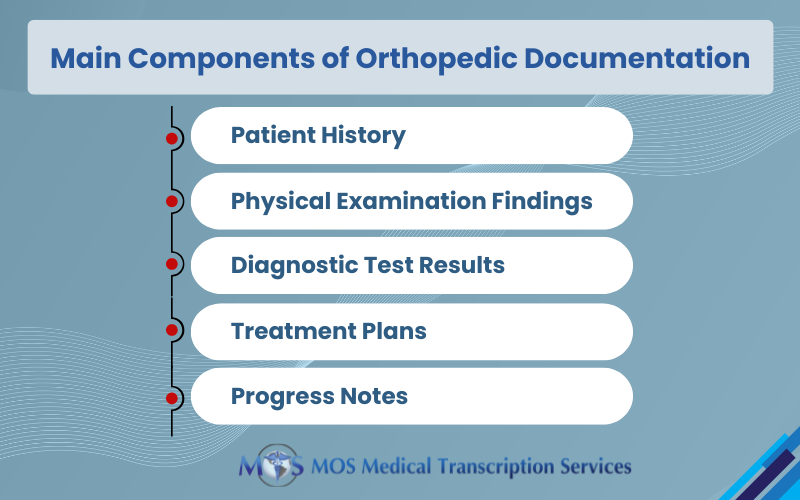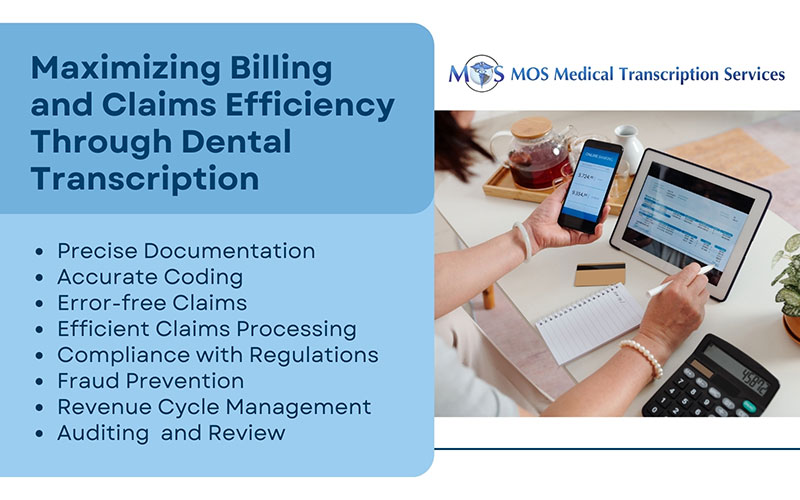
Table of Contents
Vascular medicine is a fast-moving specialty, with new technologies, procedures, and treatments emerging regularly. This specialty presents unique challenges for accurate medical transcription due to the complex nature of the conditions treated. Vascular transcription involves transcribing your dictations for procedures such as bypass surgeries, angioplasty, and stenting that requires precise understanding of medical jargon related to hemodynamics, vascular anatomy, and interventional methods.
To overcome the challenges related to this specialty transcription, providers can rely on a professional medical transcription services company that has a proven track record in providing accurate transcripts.
Major Vascular Transcription Challenges – How to Address Them
Here are some key challenges in vascular medical transcription along with tips to address them:
Specialized terminology and jargon:
Specialized terminology and jargon related to vascular anatomy, diseases, diagnostic procedures and treatments can be complex and challenging to transcribe accurately.
|
Tip: Use glossaries, medical dictionaries, reference materials, and online resources to ensure accuracy and consistency in transcription. To overcome this challenge, consider providing ongoing training and education to medical transcriptionists focusing on vascular medicine terminology, anatomy, and procedures. |
Fast-paced environment and turnaround time constraints:
Vascular medicine specialty often runs in a fast-paced environment with tight turnaround times for transcription, especially for urgent reports such as diagnostic imaging findings or surgical procedures.
|
Tip: Consider implementing well-organized workflow management systems and prioritize documentation tasks based on urgency and clinical importance. Use speech recognition technology and transcription software with built-in templates and shortcuts to simplify the transcription process and improve turnaround time. |
Accuracy and quality assurance:
Ensuring accuracy and quality in medical transcription is necessary for patient safety and clinical decision-making. Any errors in the transcribed reports can lead to confusion of findings and potential patient harm.
|
Tip: Implement robust quality assurance measures. Make sure to proofread and review the transcripts carefully and pay attention to details, grammar, and accuracy. Use speech recognition software or transcription software with built-in error detection and correction features to minimize mistakes. Provide regular feedback and performance evaluations to transcriptionists to promote continuous improvement. |
Compliance with regulatory requirements:
When it comes to patient confidentiality and data security, medical transcription services for any specialty, including vascular medicine, must comply with regulatory requirements such as HIPAA (Health Insurance Portability and Accountability Act).
|
Tip: Make sure that your transcription staff is trained on HIPAA regulations and privacy policies. Also, ensure secure transmission and storage protocols for the transcribed medical records. Regularly audit and monitor compliance with regulatory requirements to mitigate risks of data breaches or non-compliance. |
Handling complex medical reports:
Vascular medical reports contain complex information including detailed descriptions of vascular anatomy, diagnostic test results, surgical procedures, and post-operative care instructions. As vascular medicine requires collaboration with other medical specialties such as cardiology, radiology, and vascular surgery, transcribing reports related to multiple specialties can be complex due to the different terminology and documentation styles used by each specialty.
|
Tip: To overcome this challenge, it is crucial that the medical transcriptionists are familiar with the documentation practices and terminologies specific to each specialty involved. Provide focused training and resources to transcriptionists to enhance their understanding of vascular anatomy and procedures. Open communication between transcribers and healthcare providers also help clarify any errors in the medical reports. |
Integration with Electronic Health Records (EHR) systems:
Integrating the transcribed medical reports with electronic health records (EHR) systems is another challenge most practices face. This task can be challenging due to compatibility issues and technical constraints.
|
Tip: EHR-integrated medical transcription can specifically meet this concern. Practices can invest in transcription software and EHR systems that offer better integration capabilities and interoperability standards. Implement standardized templates and coding conventions for transcribed reports to facilitate efficient data entry and retrieval within EHR systems. |
Choose the Right Medical Transcription Company
Outsourcing your vascular transcription requirements to a good medical transcription company is a practical option to consider. While choosing the right medical transcription firm for vascular medicine specialty, consider factors such as – a proven track record of excellence in transcribing notes related to vascular procedures, the availability of skilled transcriptionists who are well-versed in vascular medicine terminology and procedures, ability to provide services in quick turnaround time, good quality assurance processes, excellent data security measures, and services tailored to your practice’s needs.

